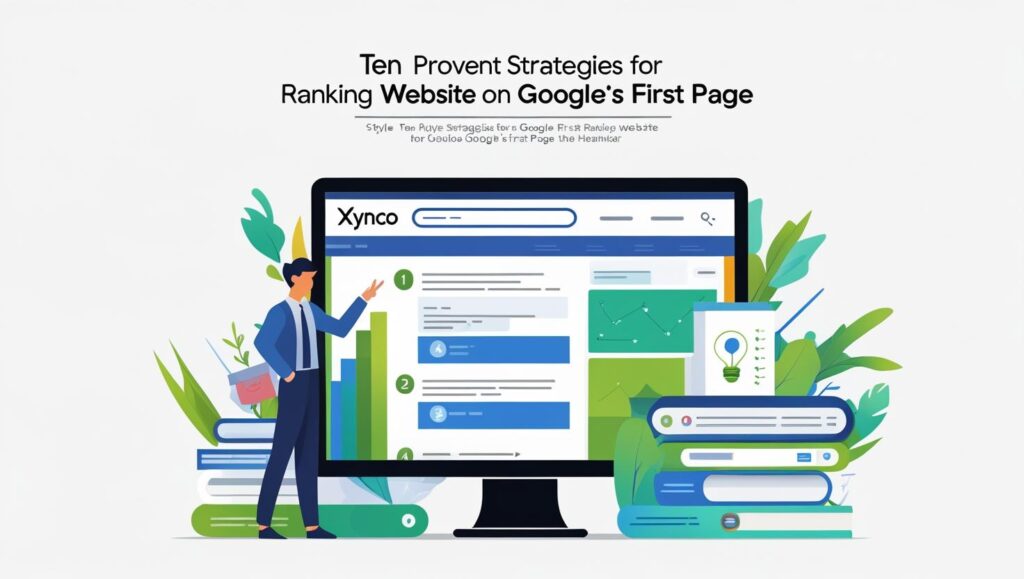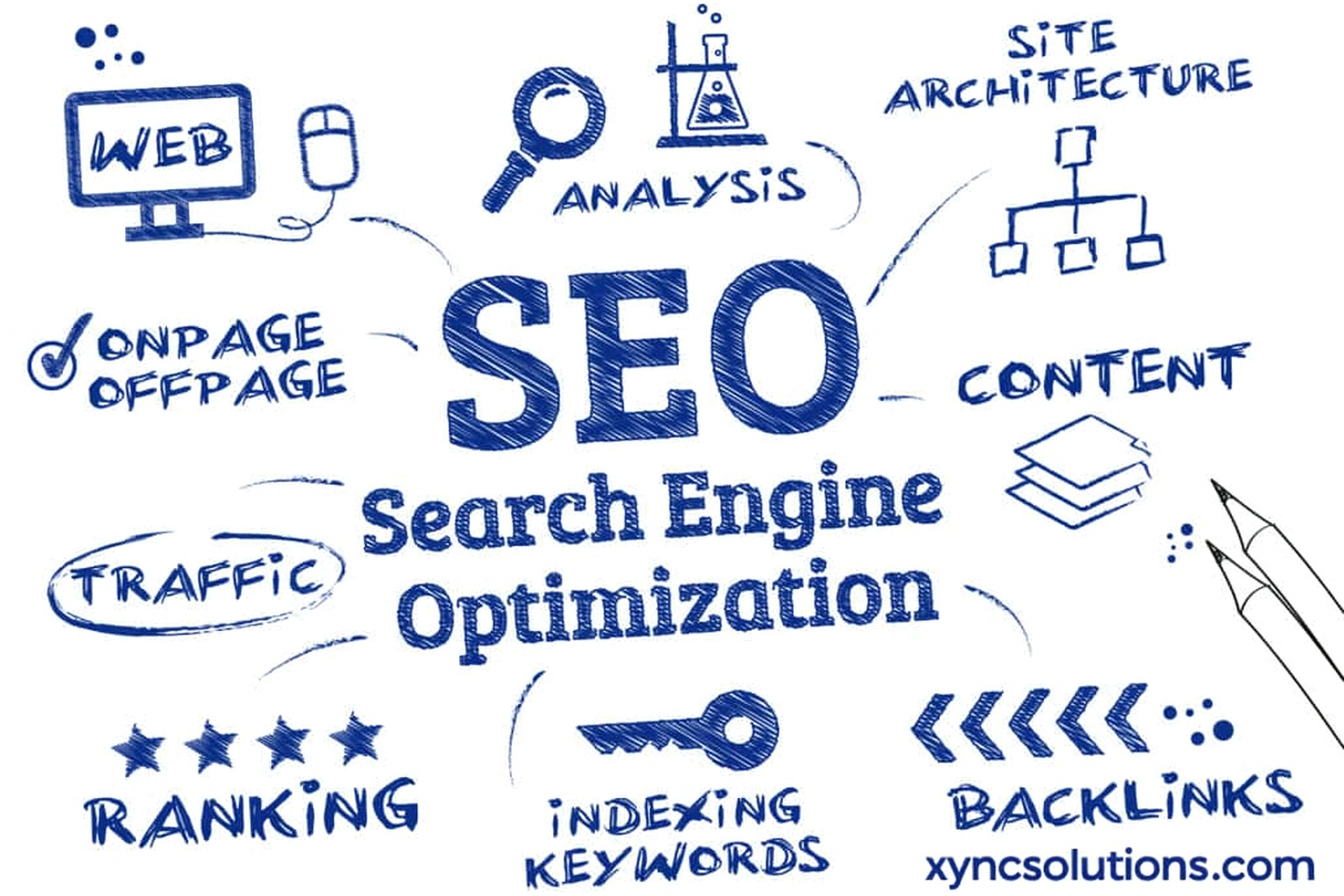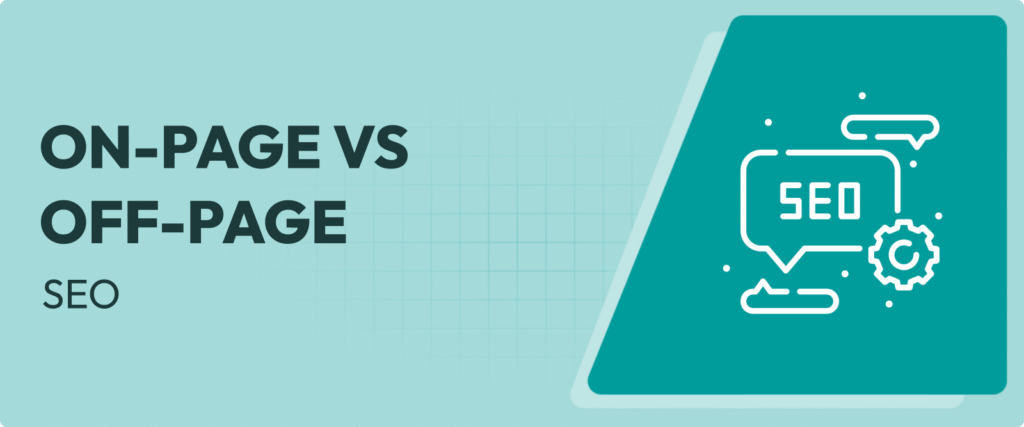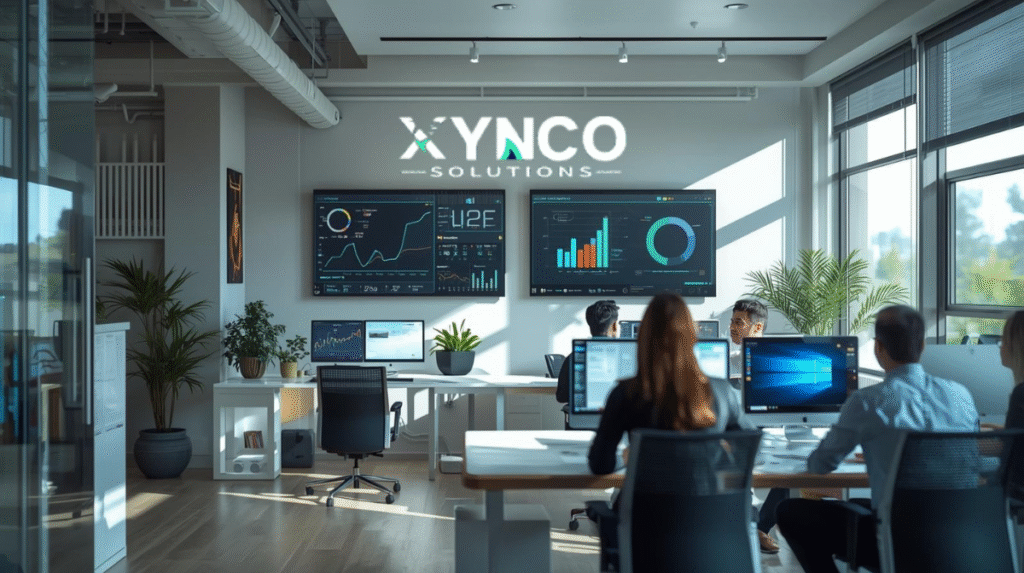The Ultimate Guide to Ranking on Google’s First Page: 10 Proven SEO Strategies
Ranking on Google’s first page is no longer a luxury; it’s a necessity for every business that wants to succeed online. With millions of websites fighting for visibility, being buried on the second or third page is almost like being invisible. Recent reviews from SEO experts reveal that 93% of online experiences start with a search engine, and over 70% of clicks go to results on the first page of Google. This makes it clear that achieving top rankings isn’t optional—it’s essential for driving organic traffic, gaining credibility, and increasing sales.
Google’s algorithm takes into account more than 200 ranking factors, and to dominate search results, you need a well-structured, holistic SEO strategy. This guide will break down 10 proven strategies that have been tested, refined, and recommended by leading SEO specialists worldwide. From advanced keyword research to leveraging AI in SEO, each section provides practical insights and actionable steps to help you reach Google’s first page and maintain your position there.
Advanced Keyword Research Techniques to Dominate Google Search Results
Keyword research is the foundation of SEO, and if you get this step wrong, every other strategy will struggle. Gone are the days when simply stuffing keywords into your content could get you ranked. Today, Google prioritizes user intent—meaning you must understand what your audience is searching for and why.
Advanced keyword research involves using tools like Ahrefs, SEMrush, Ubersuggest, and Google Keyword Planner to identify high-volume, low-competition keywords. But that’s just the beginning. You need to focus on long-tail keywords—phrases with three or more words that are specific and conversion-focused. For example, instead of targeting “SEO tools,” aim for “best SEO tools for small businesses.”
Recent reviews from SEO professionals emphasize the importance of semantic search optimization. Google now understands related terms and phrases, so you should use LSI keywords (Latent Semantic Indexing) naturally within your content. Additionally, competitor keyword analysis helps you uncover keywords that drive traffic to your rivals, allowing you to build better, more optimized content around similar terms.
Another advanced tactic is analyzing Google’s “People Also Ask” section and using those questions in your headings or FAQs. This helps you align with real user queries, increasing your chances of appearing in featured snippets, which can instantly put your website above all other organic results.
On-Page SEO Checklist: How to Optimize Content for Page One Rankings
On-page SEO is all about optimizing your website’s internal elements to help search engines understand and rank your content effectively. A recent review of top-ranking pages revealed that websites on Google’s first page had several things in common:
-
Well-optimized title tags and meta descriptions with the primary keyword.
-
Clean URL structures, short and descriptive.
-
Strategically placed keywords in the first 100 words of the article.
-
Proper use of H1, H2, and H3 headings for content organization.
Additionally, on-page SEO involves optimizing your images with alt text, improving internal linking, and ensuring your content is readable, engaging, and valuable. Use tools like Yoast SEO or Rank Math to ensure your pages are fully optimized.
Google prioritizes user experience; therefore, avoid long paragraphs that are hard to read. Break up your content naturally, use bullet points where necessary (but keep overall format paragraph-based), and ensure your website is mobile-friendly.
Finally, remember that content freshness matters. Update your old posts regularly with new data, recent reviews, and current trends to keep them relevant and competitive in search rankings.
High-Authority Backlink Building Strategies to Boost Your Rankings
Backlinks remain one of the most powerful Google ranking factors. Simply put, a backlink is a vote of confidence from another website, signaling to Google that your content is trustworthy and valuable. However, not all backlinks are created equal. High-quality, relevant backlinks from authoritative sites will significantly impact your ranking more than hundreds of low-quality links.
Effective strategies for acquiring powerful backlinks include:
-
Guest posting on reputable blogs in your niche.
-
Creating linkable assets, such as in-depth guides, infographics, and research-based content that other websites naturally reference.
-
Outreach campaigns where you build relationships with influencers and bloggers who can link to your site.
-
HARO (Help a Reporter Out), which connects you with journalists looking for expert sources.
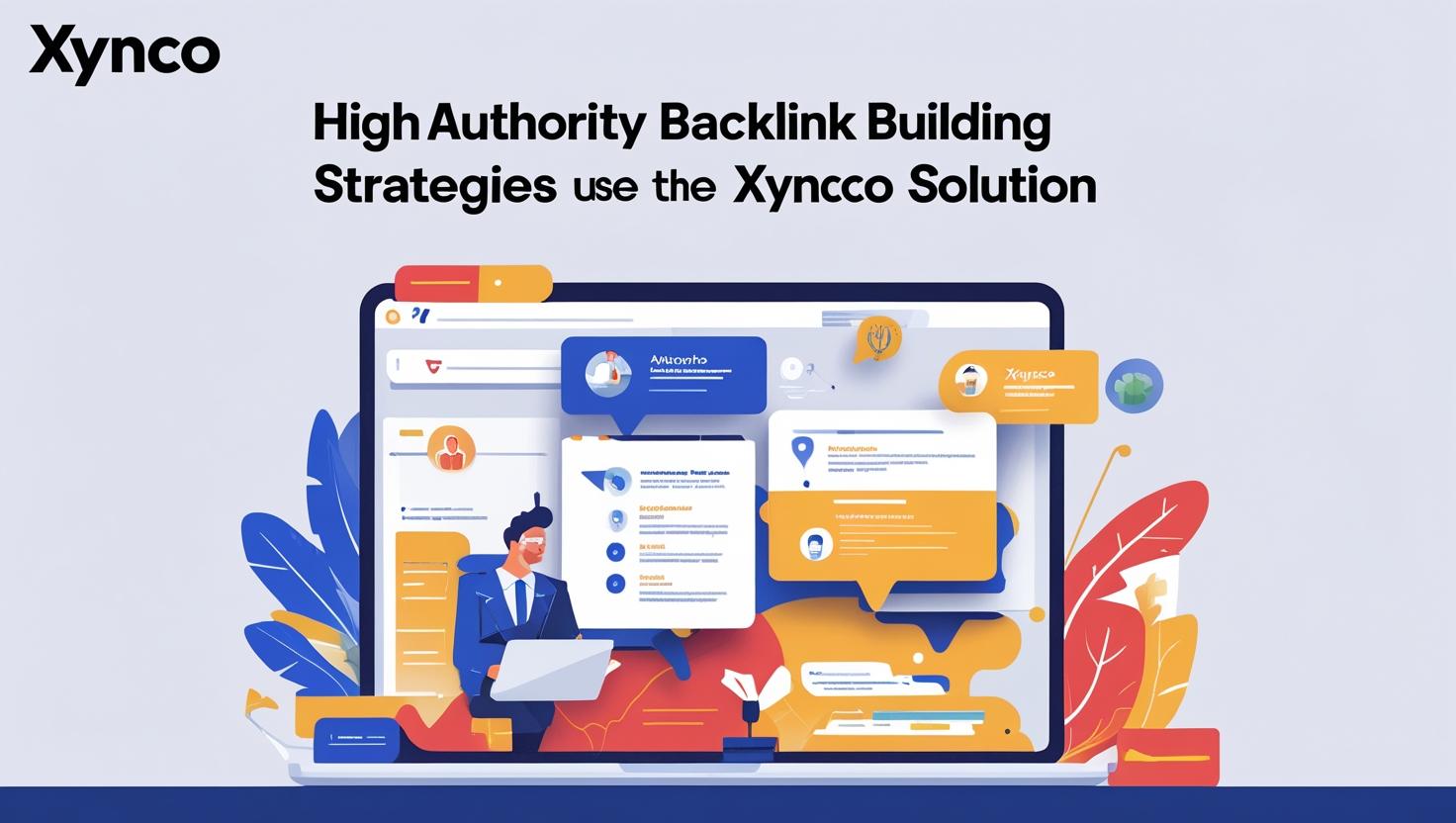
Recent reviews from SEO experts confirm that link relevance now matters more than link volume. A single backlink from a high-domain-authority, niche-related site is far more valuable than dozens of random links. Avoid black-hat tactics such as buying links or participating in link farms, as these can result in penalties that destroy your rankings.
Technical SEO Essentials: Website Speed, Mobile-Friendliness, and Crawlability
Technical SEO ensures that search engines can easily crawl, index, and understand your website. Site speed is a crucial ranking factor—recent studies show that websites taking more than 3 seconds to load lose over 50% of visitors. Tools like Google PageSpeed Insights and GTmetrix can help you identify and fix issues slowing down your site.
Mobile-friendliness is another must-have. With over 60% of searches coming from mobile devices, Google prioritizes mobile-first indexing. Your site must be fully responsive, offering the same smooth experience on phones, tablets, and desktops.
Crawlability issues, such as broken links, duplicate content, or poor site structure, can stop Google from properly indexing your website. Use tools like Screaming Frog or Google Search Console to detect and resolve these problems. Structured data and schema markup can also improve your visibility in search results by allowing Google to display rich snippets, further increasing click-through rates.
Content Marketing Strategies That Help Websites Rank Faster on Google
Content marketing is one of the most effective strategies for improving search rankings because quality content is at the heart of SEO. Google’s algorithm favors websites that provide valuable, relevant, and regularly updated content. A strong content marketing plan ensures you’re not just publishing random posts but creating targeted, keyword-rich, user-focused content that solves real problems.
The first step is understanding your audience. Use tools like Google Analytics and SEMrush to analyze user behavior, search intent, and common pain points. This information allows you to produce content that aligns perfectly with what your audience is searching for.
Recent reviews of top-ranking blogs show that websites with long-form, in-depth content (2,000+ words) consistently outperform shorter articles. This is because long-form content allows you to cover a topic comprehensively, include multiple keywords naturally, and attract backlinks.
You should also diversify your content formats:
-
Blog posts for detailed explanations.
-
Videos and infographics for visual learners.
-
Podcasts and webinars for audience engagement.
Consistency is key. Publishing one high-quality post weekly is more effective than multiple low-quality posts. Content must also be SEO-optimized, with proper headings, meta tags, and internal links.
Lastly, repurpose content across platforms (e.g., turning a blog into a video or infographic). This maximizes reach, attracts shares, and generates more backlinks, all of which boost your Google rankings faster.
Local SEO Secrets: How to Rank Your Business on Google Maps and Local Search
Local SEO is crucial for businesses that serve specific geographic areas. Appearing in Google’s Local Pack and Google Maps results can significantly increase visibility and foot traffic. Recent reviews indicate that 46% of all Google searches are local, and 76% of users who search for a nearby service visit the business within 24 hours.
Start by optimizing your Google Business Profile (GBP). Ensure your business name, address, phone number (NAP), and operating hours are accurate and consistent across all listings. Add high-quality photos, respond to reviews, and regularly post updates to increase engagement.
Local citations are another ranking factor. Listing your business on trusted directories such as Yelp, Bing Places, and TripAdvisor reinforces your legitimacy in Google’s eyes. Additionally, collecting positive customer reviews can improve your chances of ranking in the top 3 of local results.
Incorporate local keywords in your website’s content, meta descriptions, and titles. For example, instead of just “best plumber,” use “best plumber in Toronto.” Creating location-specific landing pages can also help target multiple nearby areas effectively.
Finally, engage in local link-building by collaborating with community blogs, local news sites, and regional influencers. This builds authority within your local market, making it easier for your website to dominate Google Maps and local search results.
SEO Tools You Must Use to Achieve Page One Rankings on Google
SEO success depends heavily on using the right tools to gather data, analyze competitors, and track progress. Without proper tools, you’re essentially guessing your way through SEO, which can waste time and resources. Recent reviews highlight the following must-have tools:
-
Google Search Console & Analytics: Essential for monitoring site performance, tracking keyword rankings, and identifying crawl errors.
-
Ahrefs & SEMrush: Powerful for keyword research, backlink analysis, and competitor insights.
-
Ubersuggest: Ideal for beginners, offering keyword ideas and site audits at a low cost.
-
Moz: Provides domain authority scores and page optimization insights.
-
Grammarly & Jasper: Help create high-quality, error-free, and AI-assisted content for SEO optimization.
-
Screaming Frog: Useful for technical audits, detecting broken links, and fixing site structure issues.
These tools provide actionable data, helping you make informed decisions to boost rankings. For example, you can identify which pages bring the most traffic, find untapped keyword opportunities, or discover harmful backlinks that need removal. Using these tools regularly ensures your website stays optimized, competitive, and aligned with Google’s ranking requirements.
Common SEO Mistakes That Stop You from Ranking and How to Fix Them
Many websites struggle to rank because they unknowingly commit critical SEO mistakes. Recent reviews of failed SEO campaigns show the most common errors include:
-
Keyword stuffing, which makes content unreadable and triggers Google penalties.
-
Poor internal linking, leading to orphaned pages that search engines can’t index properly.
-
Ignoring mobile optimization, causing users to leave immediately due to poor user experience.
-
Slow-loading pages, which drastically increase bounce rates.
-
Duplicate or thin content, offering little to no real value to users.

Fixing these mistakes involves focusing on user intent and experience. Avoid keyword stuffing by using keywords naturally and focusing on delivering valuable information. Improve site speed by optimizing images, using a CDN, and upgrading hosting. Ensure every page is mobile-friendly, responsive, and easy to navigate.
Regular SEO audits using tools like Ahrefs or SEMrush help identify issues early. Update old content, remove broken links, and ensure proper use of headings and meta tags. A site that is user-friendly, fast, and filled with valuable, original content stands a far better chance of reaching Google’s first page.
Future of SEO: Voice Search, AI, and Latest Google Algorithm Updates
The world of SEO is constantly evolving, and staying ahead of trends is vital for maintaining top rankings. Recent reviews from SEO conferences suggest three major future-defining factors: voice search, artificial intelligence (AI), and algorithm updates.
Voice search is growing rapidly, with more users asking conversational, long-tail queries via smart devices. Optimizing content for natural language and question-based keywords can help capture this traffic.
AI is transforming search. Tools like Google’s RankBrain and BERT algorithms use machine learning to understand context and user intent better than ever. This means SEO is shifting from keyword focus to meaning-driven content, where providing complete, relevant answers is critical.
Google’s frequent core updates emphasize E-E-A-T (Experience, Expertise, Authoritativeness, Trustworthiness). Websites that demonstrate genuine expertise and reliable sources are more likely to rank higher. Future-proofing your site means focusing on high-quality, factual, and engaging content, technical excellence, and a seamless user experience.
The future of SEO favors websites that truly serve their audience. Adapting to these changes early gives you a major competitive advantage in achieving and sustaining top rankings on Google’s first page.
Final Thoughts: Combining All 10 Proven Strategies for Maximum Results
Ranking your website on Google’s first page is not about using one or two tricks—it’s about building a comprehensive, long-term SEO strategy. Each of the ten strategies we’ve covered plays a vital role in improving your rankings and keeping you ahead of your competition.
Start by conducting advanced keyword research to target the right audience. Follow it up with strong on-page optimization to ensure your content is both search engine and user-friendly. Strengthen your website’s authority with high-quality backlinks and don’t neglect technical SEO, which ensures your website performs at its best.
Implement content marketing strategies that provide real value, optimize for local SEO to capture regional searches, and leverage the best SEO tools to stay on track. Avoid common mistakes that hold websites back and stay updated with the future of SEO, adapting to voice search, AI, and Google’s ever-changing algorithms.
Recent reviews of top-performing websites show that sites applying these combined tactics experience higher organic traffic, increased brand visibility, and sustainable growth over time. SEO isn’t a one-time job—it’s a continuous process of improving, analyzing, and adapting to changes in user behavior and search engine updates. By consistently following these proven strategies, your website stands a strong chance of claiming a spot on Google’s first page—and staying there long-term.
FAQS
1. What are the fastest ways to rank on Google’s first page?
The fastest ways include optimizing on-page SEO, building quality backlinks, targeting long-tail keywords, improving site speed, and publishing high-value, user-focused content regularly.
2. Can I rank on Google’s first page without backlinks?
While possible with low-competition keywords, backlinks remain crucial for authority. Combining strong on-page SEO, high-quality content, and internal linking boosts rankings without heavy backlink use.
3. How long does it take to reach Google’s first page?
Ranking time varies based on competition and strategy. Typically, well-optimized websites with fresh, valuable content can reach page one within 3 to 6 months.
4. Do keywords still matter for ranking in 2025?
Yes, keywords remain vital. However, Google prioritizes search intent, semantic keywords, and topic relevance over keyword stuffing, making natural keyword integration essential for rankings.
5. What role does mobile optimization play in Google rankings?
Google uses mobile-first indexing. A mobile-friendly website ensures better user experience, faster load times, and improved rankings on both mobile and desktop search results.
6. How important is content quality for first-page ranking?
Content quality is a top-ranking factor. Informative, original, and engaging content that solves user problems ranks higher and attracts backlinks, boosting overall Google visibility.
7. What are featured snippets and how to rank there?
Featured snippets are highlighted answers at the top of Google search results. To rank, structure your content with concise answers, bullet points, and well-optimized headings.
8. Is voice search optimization important for SEO in 2025?
Yes, voice search is growing rapidly. Optimizing for conversational, question-based keywords helps capture traffic from voice assistants and smart devices for better rankings.
9. How do social signals affect Google rankings?
While not a direct factor, social shares increase visibility, drive traffic, and attract backlinks, indirectly boosting your website’s chances of ranking higher on Google.
10. Do Google algorithm updates affect first-page rankings?
Yes, frequent updates can change ranking factors. Staying updated, improving content quality, and following white-hat SEO practices help maintain and improve rankings long-term.
11. How many backlinks are needed to reach page one?
There’s no fixed number. Quality matters more than quantity. A few high-authority, niche-relevant backlinks can outrank competitors with dozens of low-quality links.
12. Can paid ads guarantee first-page ranking?
Paid ads can place you at the top temporarily but do not affect organic rankings. Long-term first-page results require strong SEO strategies and high-quality content.
13. How does website speed impact rankings?
Slow-loading websites increase bounce rates, signaling poor user experience. Google favors fast, optimized websites, making site speed a critical factor for first-page rankings.
14. Is internal linking important for SEO success?
Yes, internal linking improves site structure, distributes authority, and helps search engines crawl your content efficiently, leading to better visibility and higher rankings.
15. What mistakes prevent websites from ranking on Google’s first page?
Common mistakes include poor keyword targeting, duplicate content, ignoring technical SEO, lack of backlinks, and failing to update outdated pages regularly.
